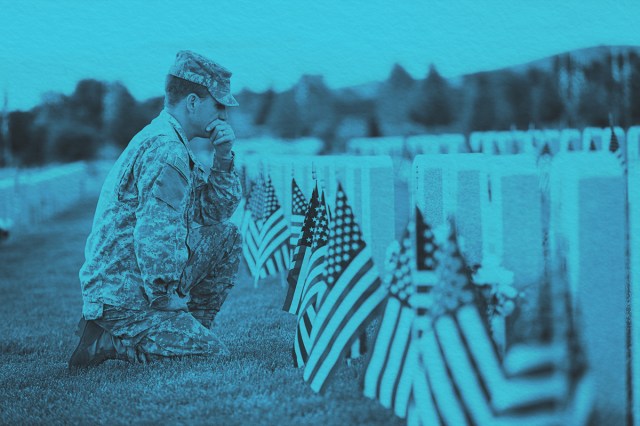
In 1868, Decoration Day was established as a new holiday on May 30. It was created by the Grand Army of the Republic (GAR), a group of Union Army veterans who wanted a way to honor fallen Civil War soldiers. The day kept that name for 99 years, until it was formally changed in 1967.
The original name was quite literal in nature. “Decoration” referred to the act of placing flowers on the graves of fallen soldiers. In fact, the GAR chose May 30 in part because flowers were likely to be in bloom nationwide by then, and the organization took great pride in staging ceremonies and gathering floral decorations at national cemeteries across the country. New York became the first state to officially recognize the day in 1873, and by 1890, it was recognized by all former Union states.
But in the late 19th century, the term “Memorial Day” became more widely used, as the day transformed into a general day of remembrance for those lost in all wars — not just the American Civil War. While decoration ceremonies were still commonly held for Civil War vets, the practice wasn’t as common for other conflicts. Throughout the 20th century, “Memorial Day” superseded “Decoration Day” in terms of popularity, and was often recognized as a day to remember those who perished during the two World Wars.
The U.S. government adopted “Memorial Day” as the holiday’s official name in 1967, and in 1968, the Uniform Holidays Bill moved the date to the last Monday in May. While the term “Decoration Day” may largely be lost to time, those early decoration ceremonies paved the way for what we now call Memorial Day when we honor fallen soldiers.





















